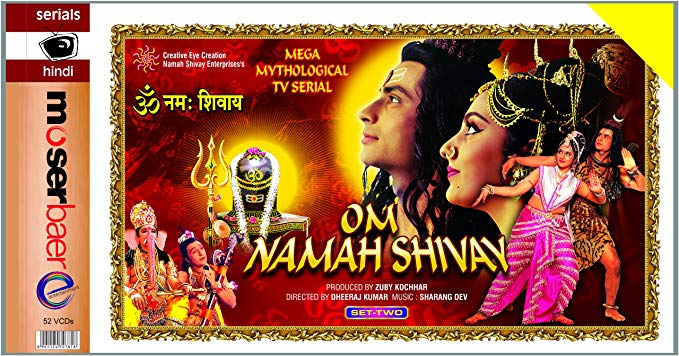

The most well-known version of the Jain legend is contained in the Sthaviravali-Charita or Parishishta-Parvan, written by the 12th-century writer Hemachandra. Jain version The Chandragupta-Chanakya legend is mentioned in several commentaries of the Shvetambara canon. Some other texts provide additional details about the legend for example, the Maha-Bodhi-Vamsa and the Atthakatha give the names of the nine Nanda kings said to have preceded Chandragupta. Its author is unknown, and it is dated variously from sixth century CE to 13th century CE. Vamsatthappakasini (also known as Mahvamsa Tika), a commentary on Mahavamsa, provides some more details about the legend. The earliest Buddhist source to mention the legend is Mahavamsa, which is generally dated between fifth and sixth centuries CE.

It is not mentioned in Dipavamsa, the oldest of these chronicles. After dethroning the Nanda, he installs Chandragupta as the new king.īuddhist version The legend of Chanakya and Chandragupta is detailed in the Pali-language Buddhist chronicles of Sri Lanka. In all the four versions, Chanakya feels insulted by the Nanda king, and vows to destroy him. Mudrarakshasa, a Sanskrit play by Vishakhadatta Kathasaritsagara by Somadeva, Brihat-Katha-Manjari by Ksemendra Mahavamsa and its commentary Vamsatthappakasini (Pali language) Thomas Trautmann identifies four distinct accounts of the ancient Chanakya-Chandragupta katha (legend): Version of the legend There is little documented historical information about Chanakya: most of what is known about him comes from semi-legendary accounts. Chanakya served as the chief advisor to both emperors Chandragupta and his son Bindusara. His works were lost near the end of the Gupta Empire in the sixth century CE and not rediscovered until the early 20th century.Īround 321 BCE, Chanakya assisted the first Mauryan emperor Chandragupta in his rise to power and is widely credited for having played an important role in the establishment of the Maurya Empire. As such, he is considered the pioneer of the field of political science and economics in India, and his work is thought of as an important precursor to classical economics. He is traditionally identified as Kauṭilya or Vishnugupta, who authored the ancient Indian political treatise, the Arthashastra, a text dated to roughly between the fourth century BCE and the third century CE.

info) 375–283 BCE) was an ancient Indian polymath who was active as a teacher, author, strategist, philosopher, economist, jurist, and royal advisor.Prominent role in the foundation of the Maurya EmpireĬhanakya ( Sanskrit: चाणक्य IAST: Cāṇakya, pronunciation ( help

Teacher, philosopher, economist, jurist, advisor of Chandragupta Maurya


 0 kommentar(er)
0 kommentar(er)
